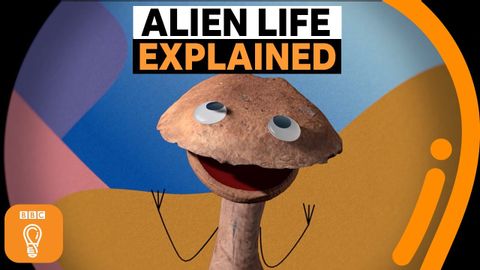宇宙人についての考え方は間違っているのか?| BBC アイデア (Are we thinking about alien life all wrong? | BBC Ideas)
Summer が 2023 年 01 月 17 日 に投稿  この条件に一致する単語はありません
この条件に一致する単語はありませんUS /ɪkˈstrɔ:rdəneri/
・
UK /ɪkˈstrɔ:dnri/
US /ɪnˈɛvɪtəbəl/
・
UK /ɪnˈevɪtəbl/
- adj.避けられない;不可避
- n. (c./u.)必然;不可避;必然的なこと
US /ɪkˈstrim/
・
UK /ɪk'stri:m/
- adj.(程度が)最も高い : 極度の;極端な;強烈な;極端な
- n.(物事の)極端 : 極致;極限;極端な手段
エネルギーを使用
すべての単語を解除
発音・解説・フィルター機能を解除
